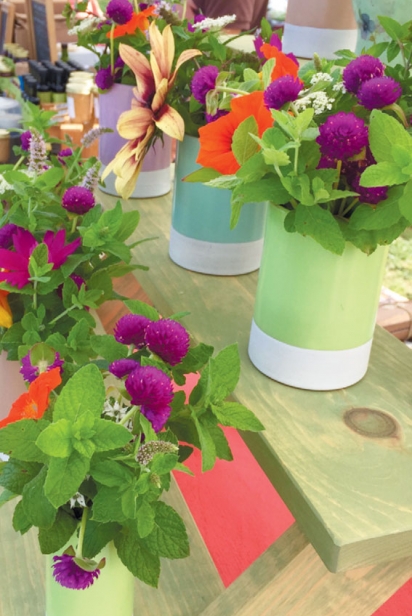Mountain Laurel Pottery
Traci Noone named her pottery in tribute to a fond memory of some mountain laurel that grew wild in the backyard of her childhood home.
It is this awareness of her surroundings that lends soul to Noone’s work. Hers is a collection of primarily hand-built vessels whose pure forms echo under the opaque hues she selects for glazes. Working for over a decade in earthenware, she is drawn to investigation to find her aesthetic. Pulled to exploring ways of working that involve natural materials and techniques like wood firing, she says, “ I am always looking for my voice, to find my own language with the clay.”
While studying Fine Art Photography at UMass as an undergrad, Noone took only a single clay course focused on hand building. She continued on to a Masters in Fine Art Photography at the Art Institute of Chicago. “What I loved was the craft of processing film, the chemistry of it all. You could manipulate images by how you developed them to under or overexpose, and experiment.”
After earning her degrees in Western Massachusetts and Chicago, Noone began to feel the ocean’s pull on her. “My grandparents and uncle had taken me to Cape Cod many times while I grew up, and by now my semiretired parents had moved here nearly fulltime,” says Noone. “They say the sea can draw us to it with magnetic force.”
Living here now for nearly two decades, Noone spent the early years finding a way to make art in a medium that was kinder to her body than the caustic chemicals required to create photographs. Like the call of the sea, she found her way back to clay, beginning by studying wheel throwing. “I took classes, and asked a lot of questions and found mentors that moved me towards throwing on a manual kick wheel, an even slower way to create.”
Ultimately Noone found it more satisfying to shift away from the wheel and make most of her pieces by hand. “It’s a fast world and that can be hard. This is more my speed,” she says. “Form takes time to consider.”
Once Noone has creations she wants to replicate, she makes molds of them from selected prototypes. Next she pours earthenware slip (clay in a liquid form) into the molds. When air dry, these raw clay designs, in their most delicate stage, are fired for the initial time, becoming more stable bisqueware pieces. Often a potter will do a single coating of glaze during a second firing to provide the color of the piece. Noone prefers an additional third firing, applying another layer of glaze to ensure the rich finish on her work, and that the boundaries of the color fields on her pots stay pristine.
While recently working towards a Masters in Education at Leslie University, Noone searched for a small amount of local clay to use in a science project, and found some. Drawing on the wisdom of Ramona Peters, a local member of the Wampanoag tribe, she combined natural ingredients like cattails to strengthen and condition the clay to a more workable state. “It’s not a ‘good’ clay and can’t be used for throwing,” says Noone, “but it bonds well with glazes and I’m able to use it for things like my simple button earring designs.”
Noone’s Mountain Laurel Pottery display at the Orleans Farmers’ Market includes cylindrical shapes holding sprays of fresh flowers plucked from her garden. She has sold her work there for the past five years. Designed to function as bud vases, her vessels can hold drinks, although hand washing is recommended. Sometimes a display of footed goblets, the occasional wheel-thrown espresso cup, or a whimsical covered jar appear amidst her work. Recently added are the aforementioned earrings created by hand from the local clay, and a line of pins inspired by the farmers’ market, each imprinted with the design of a different vegetable.





